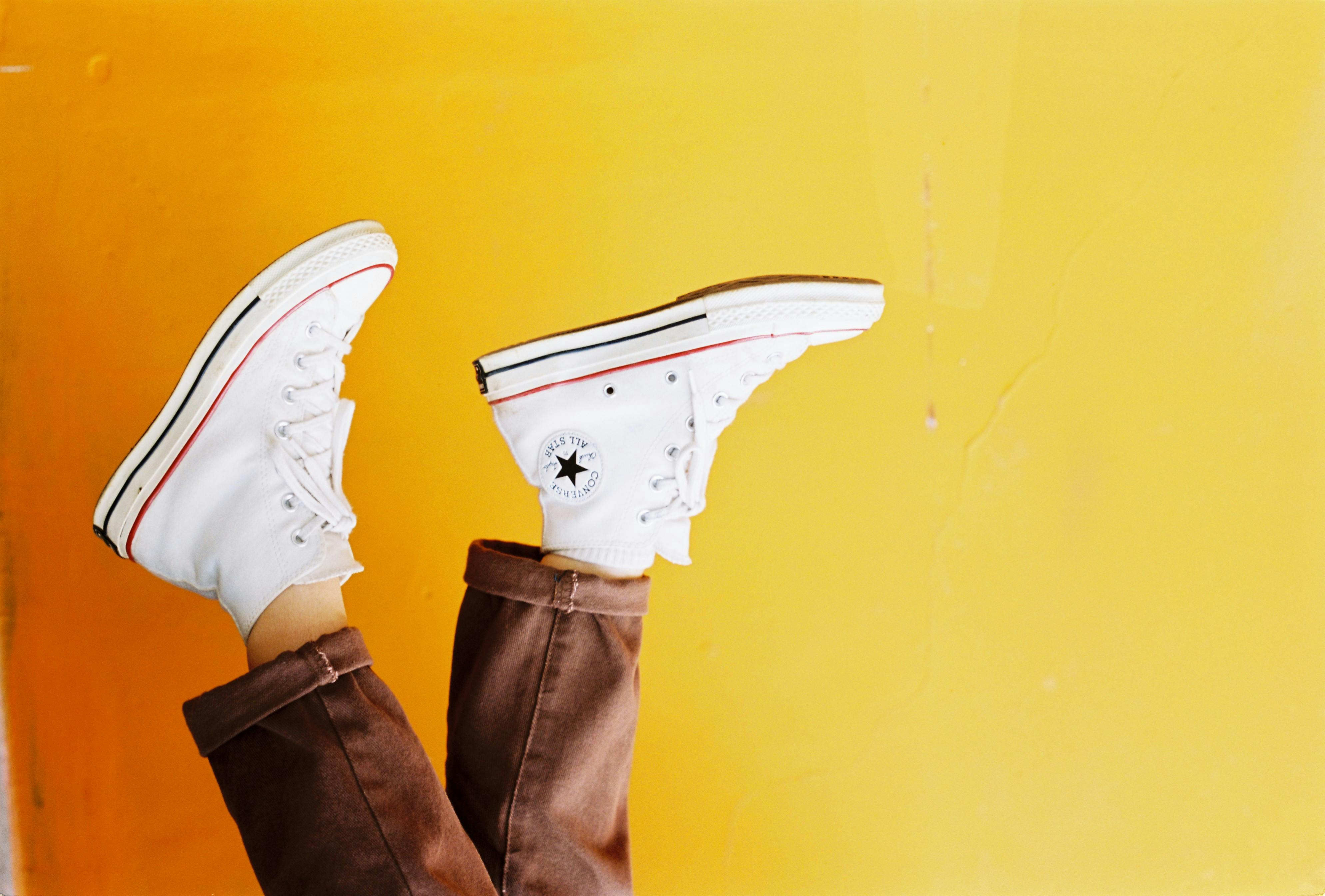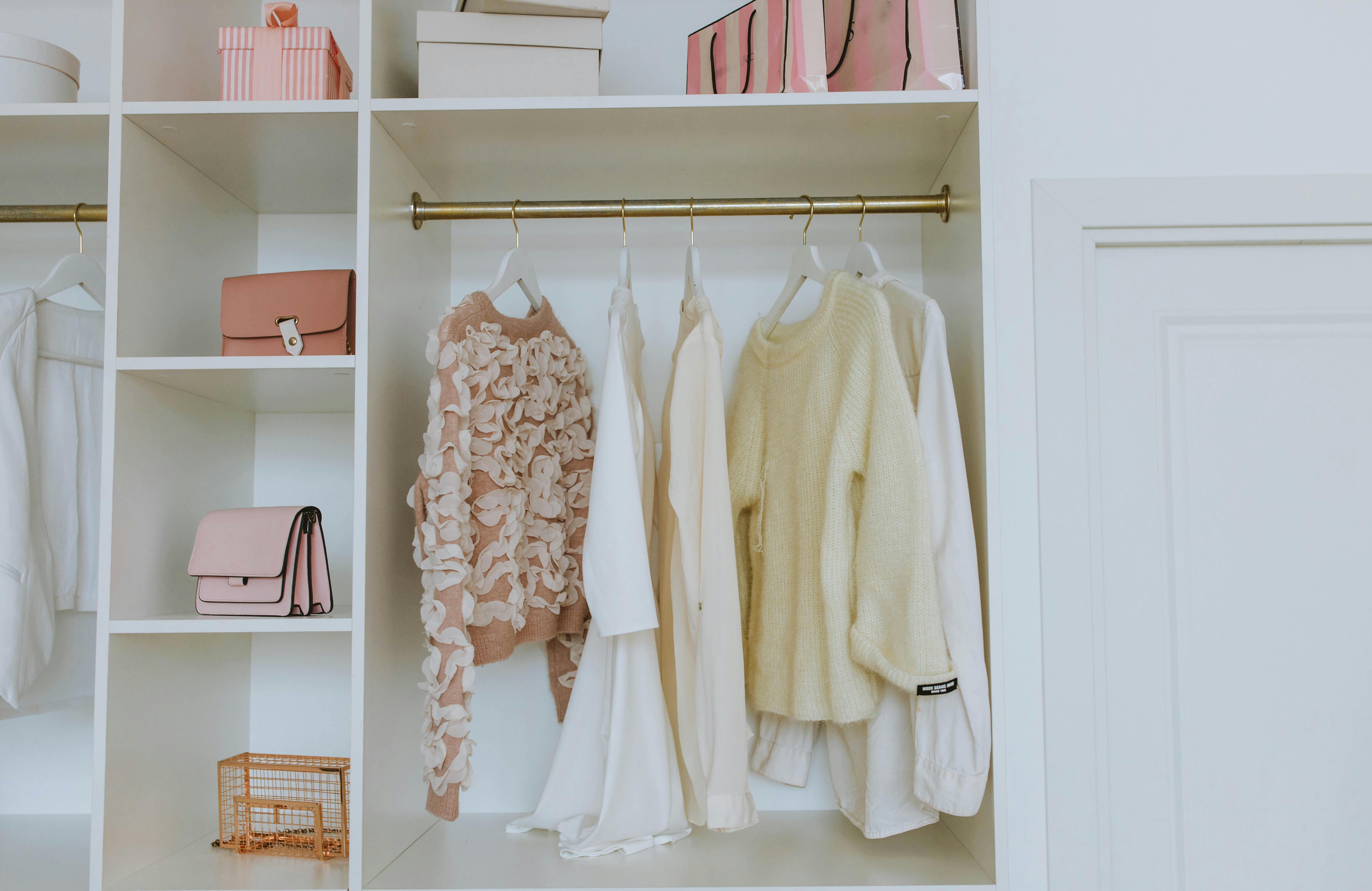The production of American-made teddy bears was a response by the cottage industry to the importation of German-made bears in the early 20th century. Working out of their homes and small workshops in and around New York City, American seamstresses worked diligently to meet public demands for teddy bears. It was estimated that in 1907 there were more than 100 American teddy bear manufacturers.
Toys It was the most important specialized toy magazine of the time. The first company to advertise in the July 1906 issue of Toys it was the Keystone Novelty Company. Only the largest companies announced in this post. Aetna Toy and Novelty Company, Bruin Manufacturing Company, Columbia Teddy Bear Manufacturing Company, Hecla, and Strauss Manufacturing announced their products at Toys.
The Keystone Novelty Company changed its name to Aetna Bear from Aetna Novelty Company in the second half of 1906. The bears produced and distributed by George Borgfeldt were fully attached and marked with an Aetna stamp on each pad of the right foot. The bears were originally produced in seven sizes, which were later expanded to nine sizes. Other characteristics that characterized these bears included flat cardboard-lined pads, medium-length mohair bodies, shoe button eyes, felt pads made of good quality material, and noses made with silk embroidery.
It’s helpful that the Aetna bears were tagged, as many of the earliest bears made in the United States weren’t tagged, making it difficult to identify who produced the bear and what year it was introduced.
The Bruin Manufacturing Company, also located in New York City, first announced its bears in January 1907. Bears produced by this company can be identified by a woven label marked “BMC” in gold. This tag was sewn diagonally onto the pad of the bear’s right foot. The Bruin Company bears were produced from high quality medium length white or brown mohair. The eyes were made of painted glass with black pupils. The noses were made with black or brown embroidery. The bears were soft stuffed animals and had four claws per claw.
Little is known about another New York-based company, Columbia Teddy Bear Manufacturing Company. This company produced the very popular Roosevelt Laughing Bear. The Roosevelt bear was made of short shiny gold mohair and its mouth was open. When the Roosevelt Bear’s belly was pushed, the mouth would open to reveal two milk glass teeth. The inside of the bear’s mouth was made of red cardboard. The bear was made with glass or shoe button eyes, thin felt was used for the paw pads, and the nose was made with horizontally stitched black embroidery threads. Roosevelt Bear’s toothy smile was designed to mimic Theodore Roosevelt’s toothy smile.
Strauss Manufacturing Company produced a variety of toys and was known as the “King of Toys.” The Strauss company produced bears that make sounds when shaken or when a handle is turned, which protrudes from the bear’s back and is attached to a music box on the bear’s belly. This bear was crafted from medium length dense mohair in brown or white, with soft leather feet and pads. The eyes were shoe button and the nose was designed with black embroidery.
By 1908, the popularity of the teddy bear had waned. Businesses that had struggled to keep up with the demand for American teddy bears were disappearing from the New York scene. However, these American teddy bears are important additions to a teddy bear collection.



